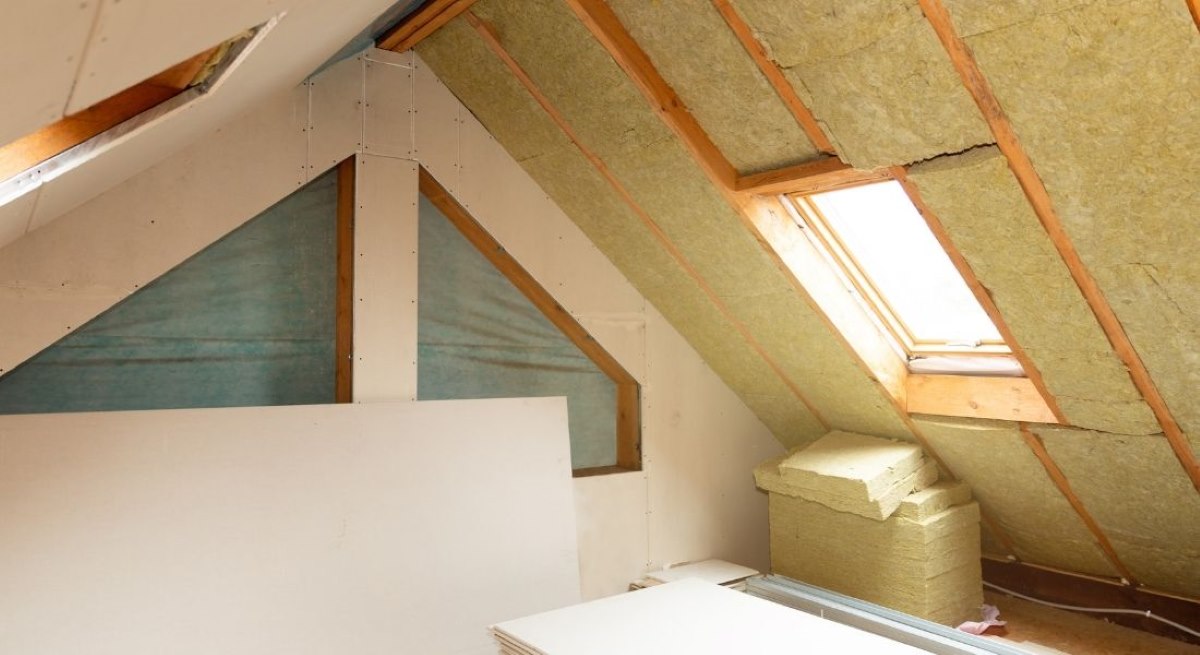

Articles
How To Keep An Attic Cool
Modified: April 23, 2024
Looking for articles on how to keep your attic cool? Discover effective tips and tricks to maintain a comfortable temperature in your attic and maximize energy efficiency.
(Many of the links in this article redirect to a specific reviewed product. Your purchase of these products through affiliate links helps to generate commission for Storables.com, at no extra cost. Learn more)
Introduction
When it comes to maintaining a comfortable home environment, one area that often gets overlooked is the attic. Many homeowners are unaware of the importance of keeping an attic cool, assuming that it is just a storage space and not a critical part of the overall climate control system. However, a hot and poorly ventilated attic can lead to a range of issues, including higher energy bills, decreased indoor comfort, and even damage to the structural integrity of your home.
In this article, we will explore the various methods and strategies you can employ to keep your attic cool. From insulation and ventilation to the installation of attic fans and the use of reflective roofing materials, we will provide you with practical tips to optimize your attic’s temperature and protect your home from the sweltering heat.
With the right techniques in place, you can effectively reduce heat buildup in your attic, improve the overall energy efficiency of your home, and create a more comfortable living space for you and your family.
Key Takeaways:
- Proper insulation, ventilation, and reflective roofing materials are essential for maintaining a cool attic, reducing energy consumption, and improving indoor comfort.
- Sealing air leaks, providing shade and insulation on attic access points, and utilizing solar-powered ventilation are effective strategies for keeping your attic cool and energy-efficient.
Read more: How Much To Install An Attic Fan
Importance of Keeping an Attic Cool
Keeping your attic cool is not just a matter of comfort; it is also crucial for the health and longevity of your home. Here are a few reasons why maintaining a cool attic is important:
1. Energy Efficiency: A hot attic can radiate heat into the rest of your home, causing your air conditioning system to work harder to keep the indoor temperature cool. By keeping your attic cool, you can reduce your energy consumption and lower your monthly utility bills.
2. Extended Roof Lifespan: Excessive heat in the attic can damage the roofing materials, leading to premature aging and deterioration. This can result in costly repairs or the need for a complete roof replacement. By keeping your attic cool, you can protect your roof and extend its lifespan.
3. Enhanced Indoor Comfort: When your attic is hot, it acts as a heat reservoir, transferring heat into the living spaces below. This can make your home uncomfortable, especially during the summer months. By effectively cooling your attic, you can create a more comfortable living environment for you and your family.
4. Prevention of Mold and Moisture Issues: Heat buildup in the attic can create a breeding ground for mold and moisture-related problems. Mold can lead to respiratory issues and cause damage to your home’s structure and belongings. By regulating the temperature in your attic, you can prevent the growth of mold and mitigate moisture-related issues.
5. Improved Insulation Performance: High temperatures in the attic can diminish the effectiveness of insulation. When insulation is exposed to excessive heat, it can become compressed or lose its insulating properties, making it less effective at keeping your home cool. By maintaining a cool attic, you can ensure that your insulation performs optimally.
6. Preservation of Stored Items: If you use your attic for storage, extreme heat can damage sensitive items such as photographs, documents, or electronics. By keeping the temperature in your attic cool, you can protect your stored items from heat-related damage.
Overall, maintaining a cool attic is essential for energy efficiency, roof longevity, indoor comfort, and the prevention of moisture issues and damage caused by extreme temperatures. Now that we understand the importance, let’s explore some practical ways to keep your attic cool.
Insulation and Ventilation
Insulation and ventilation are two key components in keeping your attic cool. Proper insulation helps prevent heat transfer from the outside, while effective ventilation allows for the exchange of hot air with cooler air, ensuring proper airflow. Here’s how you can optimize insulation and ventilation in your attic:
1. Insulation: Start by assessing the insulation in your attic. Check for any gaps, air leaks, or areas where insulation may have settled or become damaged. Consider adding more insulation if necessary. Insulating your attic helps to create a barrier between the hot air outside and the cooler air inside your home, preventing heat from infiltrating your living spaces.
2. Ventilation: Proper ventilation is crucial for expelling hot air and allowing fresh air to circulate in the attic. Consider installing roof vents, gable vents, or soffit vents to create a continuous flow of air. This will help to remove heat and prevent it from becoming trapped in your attic. Ensure that your ventilation system is balanced, with an equal intake and exhaust to promote effective airflow.
3. Ridge Vents: Ridge vents are installed along the peak of your roof and allow hot air to escape from the attic. They work in conjunction with soffit vents, which provide fresh air intake. Together, ridge and soffit vents create an efficient ventilation system that helps to maintain a cool attic.
4. Attic Baffles: Attic baffles, also known as rafter vents, are installed between the rafters to ensure proper airflow from the soffit vents to the ridge vents. They prevent insulation from blocking the path of fresh air, allowing for effective ventilation throughout the attic.
5. Insulate Ductwork: If your HVAC ductwork runs through the attic, consider insulating it to prevent heat gain. By keeping the ductwork cool, you can improve the overall energy efficiency of your cooling system and reduce the amount of heat that enters your attic space.
6. Air Sealing: Seal any air leaks in your attic, such as gaps around plumbing pipes, electrical wires, or light fixtures. Use caulk or foam insulation to seal these areas and prevent the infiltration of hot air from the outside.
By optimizing insulation and ventilation in your attic, you can significantly reduce heat buildup and create a cooler environment. These measures will not only improve the comfort of your home but also help to save energy and reduce your cooling costs.
Installing Attic Fans
Attic fans are a popular solution for cooling attics and reducing heat buildup. These fans help to actively remove hot air from the attic and provide effective ventilation. Here’s what you need to know about installing attic fans:
1. Types of Attic Fans: There are two main types of attic fans: roof-mounted fans and gable-mounted fans. Roof-mounted fans are installed directly on the roof, while gable-mounted fans are installed on the gable end of the attic. Both types work by drawing out hot air and promoting airflow in the attic.
2. Determine Fan Size: The size of the fan you choose depends on the square footage of your attic. It’s important to properly size the fan to ensure optimal performance. If unsure, consult a professional to help determine the appropriate fan size for your attic.
3. Professional Installation: Installing attic fans can be complex and may require expertise in electrical wiring and roofing. It’s recommended to hire a professional electrician or contractor to handle the installation process. They will ensure that the fan is properly installed, wired, and vented to maximize its effectiveness.
4. Placement Considerations: When installing an attic fan, proper placement is crucial. It’s usually best to position the fan near the peak of the roof or in the highest part of the attic for optimal heat extraction. The fan should be situated away from any obstacles or obstructions that could impede airflow.
5. Wiring and Controls: Attic fans require electrical wiring for operation. It’s important to have a dedicated circuit and proper controls in place. Consider installing a thermostat or humidistat to regulate the fan based on temperature or humidity levels. This helps to prevent the fan from running unnecessarily and saves energy.
6. Maintenance: Regular maintenance is essential for attic fans to ensure their proper functioning. Clean or replace the fan blades, check the wiring connections, and remove any debris or obstructions from the ventilation system. Also, be mindful of any noise or unusual behavior and address it promptly to avoid further damage.
Attic fans can be an effective tool for keeping your attic cool and improving overall ventilation. However, it’s important to note that attic fans should be used in conjunction with proper insulation and ventilation techniques to achieve the best results.
Before installing an attic fan, consult with a professional to assess your specific attic conditions and determine if it’s the right solution for your home. They can provide valuable insights and guidance on the installation process and ensure that it meets local building codes and regulations.
Reflective Roofing Materials
One effective way to keep your attic cool is by using reflective roofing materials. These materials are designed to reflect the sun’s heat away from your roof, reducing heat absorption and lowering attic temperatures. Here’s what you need to know about using reflective roofing materials:
1. Cool Roof Coatings: Cool roof coatings are specially formulated paints or coatings that contain reflective pigments. Applying a light-colored or white cool roof coating to your roof can significantly reduce heat gain. These coatings work by reflecting a greater percentage of sunlight, thereby keeping your attic and home cooler.
2. Reflective Roof Shingles: Another option is to use reflective roof shingles. These shingles are designed with a reflective coating or granules that help to reduce heat absorption. Reflective roof shingles are available in different styles and materials, such as asphalt, metal, or tile, allowing you to choose the best option for your home’s aesthetic and climate needs.
3. Radiant Barriers: Radiant barriers are reflective materials typically installed underneath the roof rafters or on the attic floor. They work by reflecting radiant heat away from the attic space. Radiant barriers are especially effective in hot climates where direct sunlight is a significant factor in attic heat buildup.
4. Benefits of Reflective Roofing Materials: Using reflective roofing materials offers several benefits. These materials help to reduce the temperature of your attic, keeping it cooler even during the hottest summer months. This, in turn, lowers the heat transfer from the attic to the living spaces below, improving the overall comfort of your home while reducing the strain on your cooling system.
5. Considerations: Before installing reflective roofing materials, there are a few considerations to keep in mind. Firstly, check your local building codes and homeowner association requirements to ensure that reflective materials are allowed in your area. Additionally, it’s important to consult with a professional roofing contractor who can assess your specific roof condition and recommend the best reflective roofing solution for your home.
6. Maintenance: Once installed, it’s important to maintain your reflective roofing materials. Periodically check for any damage or wear and address any issues promptly. Clean the surface as recommended by the manufacturer to ensure optimal reflectivity and longevity.
Using reflective roofing materials is a smart and eco-friendly way to keep your attic cool, reduce energy consumption, and improve overall comfort in your home. Consider exploring these options to create a more energy-efficient and sustainable living environment.
Ensure proper ventilation in the attic by installing soffit and ridge vents to allow hot air to escape. This will help keep the attic cool and prevent heat from transferring into the rest of the house.
Read more: How To Install Solar Attic Fan
Sealing Air Leaks
One often overlooked but essential aspect of keeping your attic cool is sealing air leaks. Air leaks can allow hot, outside air to enter your attic, increasing the heat buildup and making it difficult to maintain a cool temperature. Here’s what you need to know about sealing air leaks:
1. Inspect for Air Leaks: Start by conducting a thorough inspection of your attic for any potential air leaks. Look for gaps around windows, vents, electrical outlets, recessed lighting fixtures, plumbing pipes, and any other openings that may allow air to escape or enter the attic. Use a flashlight and feel for air drafts to locate the leaks.
2. Caulk and Weatherstrip: Use caulk to seal gaps and cracks around windows, doors, and other openings. Apply weatherstripping to doors and windows to create a tight seal. These measures will prevent hot outdoor air from infiltrating your attic and keep the cool air inside your home.
3. Spray Foam Insulation: Use expanding spray foam insulation to seal larger gaps and holes. This insulation expands to fill the voids and effectively blocks air leakage. Focus on areas where plumbing pipes, electrical wires, or HVAC components penetrate the attic walls or ceiling.
4. Attic Hatches and Access Points: Don’t forget to seal attic hatches and access points. Apply weatherstripping or use foam insulation to create a tight seal around these openings. Attic hatches are notorious for allowing air to escape or enter, impacting the overall energy efficiency of your home.
5. Ductwork Insulation and Sealing: If your HVAC ductwork runs through the attic, make sure it is well-insulated and properly sealed. Insulate any exposed ductwork to prevent heat gain or loss. Use duct sealant or metallic tape to seal any gaps or leaks in the ductwork. This will help maintain the cool air circulating through your home without any wastage.
6. Professional Assistance: If you are unsure about locating or sealing air leaks in your attic, consider hiring a professional energy auditor or contractor. They have the expertise and tools to identify and address all the air leakage points in your home, ensuring a more efficient cooling system and a cool attic.
Sealing air leaks is a simple yet effective way to prevent hot air from entering your attic and maintain a cooler temperature. By taking the time to identify and seal these leaks, you can improve the overall energy efficiency of your home, reduce cooling costs, and create a more comfortable living environment.
Shade and Insulation on Attic Access Points
Attic access points, such as attic doors or staircases, can be significant sources of heat transfer. To keep your attic cool, it’s important to provide shade and insulation on these access points. Here’s what you need to know:
1. Attic Door Insulation: Attic doors or hatches can allow hot air to penetrate your attic, contributing to heat buildup. Install insulation on the backside of the attic door or hatch to create a barrier against heat transfer. Use foam board insulation or reflective insulation to effectively block heat from entering or escaping through the access point.
2. Weatherstripping: In addition to insulation, use weatherstripping around the edges of the attic door or hatch to create a tight seal. This will prevent air leakage and minimize heat exchange between the attic and the rest of your home. Choose weatherstripping materials that are durable and can withstand temperature variations.
3. Attic Stair Insulation: If you have a staircase leading up to the attic, insulation is equally important. Consider installing an attic stair cover or box to provide an extra layer of insulation and prevent heat transfer. These covers are designed to fit over the opening of the stairs, effectively sealing and insulating the area.
4. Attic Door Shading: Another strategy to keep your attic cool is to provide shade for the access points. Direct sunlight can heat up the attic door or hatch, leading to increased heat transfer. Install shades or blinds on windows near the access points to block sunlight and reduce heat gain. Alternatively, you can use reflective film or coatings on the glass to reflect sunlight away from the attic.
5. Skylight Shades: If your attic has skylights, consider installing shades or blinds on them. Skylights can let in a significant amount of heat and sunlight. By covering the skylights with shades during the hottest parts of the day, you can minimize heat gain and keep your attic cooler.
6. Regular Maintenance: It’s important to regularly inspect and maintain the insulation and shading on attic access points. Check for any signs of wear, damage, or air leakage and address them promptly. Replace weatherstripping if it becomes worn or ineffective. Keep the area around access points clean and clear of debris to ensure proper insulation and shading.
By providing shade and insulation on attic access points, you can prevent heat transfer and minimize the impact of hot outdoor temperatures on your attic. These measures will help to maintain a cool attic, reduce energy consumption, and create a more comfortable living environment in your home.
Using Solar-Powered Ventilation
Solar-powered ventilation is an environmentally friendly and energy-efficient solution for keeping your attic cool. By harnessing the power of the sun, these ventilation systems help to remove hot air from the attic, promoting airflow and reducing heat buildup. Here’s what you need to know about using solar-powered ventilation:
1. Solar-Powered Attic Fans: Solar-powered attic fans are designed to extract hot air from your attic using solar energy. These fans are equipped with solar panels that convert sunlight into electricity to power the fan motor. By installing solar-powered attic fans on your roof, you can continuously remove hot air from the attic during the day, improving ventilation and cooling.
2. Benefits of Solar-Powered Ventilation: There are several advantages to using solar-powered ventilation in your attic. Firstly, they are energy-efficient since they operate solely on solar power, reducing your reliance on traditional electricity. Secondly, solar-powered attic fans can help lower attic temperatures, reducing the strain on your cooling system and potentially lowering energy costs. Lastly, utilizing solar power is environmentally friendly, as it is a clean and renewable energy source.
3. Installation Considerations: When installing a solar-powered attic fan, it’s important to consider the location and orientation of the solar panel to ensure maximum sunlight exposure. The fan should be placed at the highest point of the attic for optimal heat extraction. Additionally, consult a professional for proper installation to ensure safety and compliance with any local building codes.
4. Maintenance: Solar-powered attic fans are relatively low maintenance. However, it’s essential to periodically clean the solar panels to ensure maximum energy absorption. Clear any debris, such as leaves or dirt, from the fan vents to maintain proper airflow. Additionally, regular inspection will help detect any issues or malfunctions that may require professional attention.
5. Supplement with Insulation and Ventilation: While solar-powered ventilation can significantly reduce heat buildup in your attic, it’s important to supplement it with proper insulation and ventilation techniques for optimal results. Insulate the attic floor and ensure proper roof and soffit ventilation to create a balanced airflow. This combination will effectively cool the attic and improve energy efficiency.
6. Return on Investment: Installing solar-powered attic fans may have upfront costs, but they can provide a return on investment in terms of energy savings and improved home comfort. The reduced strain on your cooling system and potential energy savings can help offset the initial investment over time.
Using solar-powered ventilation in your attic is an eco-friendly and efficient way to keep your attic cool. By tapping into the sun’s energy, you can promote airflow, reduce heat buildup, and achieve a more comfortable living environment while reducing your carbon footprint.
Conclusion
Maintaining a cool attic is essential for the overall comfort, energy efficiency, and longevity of your home. By implementing the strategies discussed in this article, you can effectively reduce heat buildup in your attic and create a more comfortable living environment for you and your family.
Insulation and ventilation play a crucial role in keeping your attic cool. Properly insulating your attic and ensuring sufficient ventilation allows for the exchange of hot air with cooler air, preventing heat transfer into your living spaces.
Installing attic fans, whether roof-mounted or gable-mounted, can provide active ventilation and enhance the cooling effect in your attic. These fans help to expel hot air and promote airflow, effectively reducing attic temperatures.
Reflective roofing materials, such as cool roof coatings, reflective roof shingles, and radiant barriers, are excellent options to reflect the sun’s heat away from your roof and prevent heat absorption in your attic.
Sealing air leaks in your attic is another crucial step in maintaining a cool space. By identifying and sealing gaps, cracks, and openings, you can prevent hot air from entering and keep the cool air inside your home.
Furthermore, providing shade and insulation on attic access points, such as attic doors and staircases, helps to minimize heat transfer and maintain a cooler attic temperature. This includes insulating attic doors, installing weatherstripping, and using shades or blinds to block direct sunlight.
Lastly, utilizing solar-powered ventilation through the installation of solar-powered attic fans allows you to harness the power of the sun to remove hot air from your attic. This environmentally friendly solution helps to improve ventilation and reduce heat buildup.
In conclusion, keeping your attic cool is essential for energy efficiency, roof preservation, and improved indoor comfort. By implementing a combination of insulation, ventilation, reflective roofing materials, air sealing, shading, and solar-powered ventilation, you can create a cooler attic and enjoy the benefits of a more comfortable, energy-efficient home.
Remember to assess your specific attic conditions, consult professionals when needed, and regularly maintain your cooling strategies to ensure their effectiveness over time. With a cool attic, you’ll experience a more pleasant living environment while reducing your energy consumption and contributing to a sustainable future.
Frequently Asked Questions about How To Keep An Attic Cool
Was this page helpful?
At Storables.com, we guarantee accurate and reliable information. Our content, validated by Expert Board Contributors, is crafted following stringent Editorial Policies. We're committed to providing you with well-researched, expert-backed insights for all your informational needs.
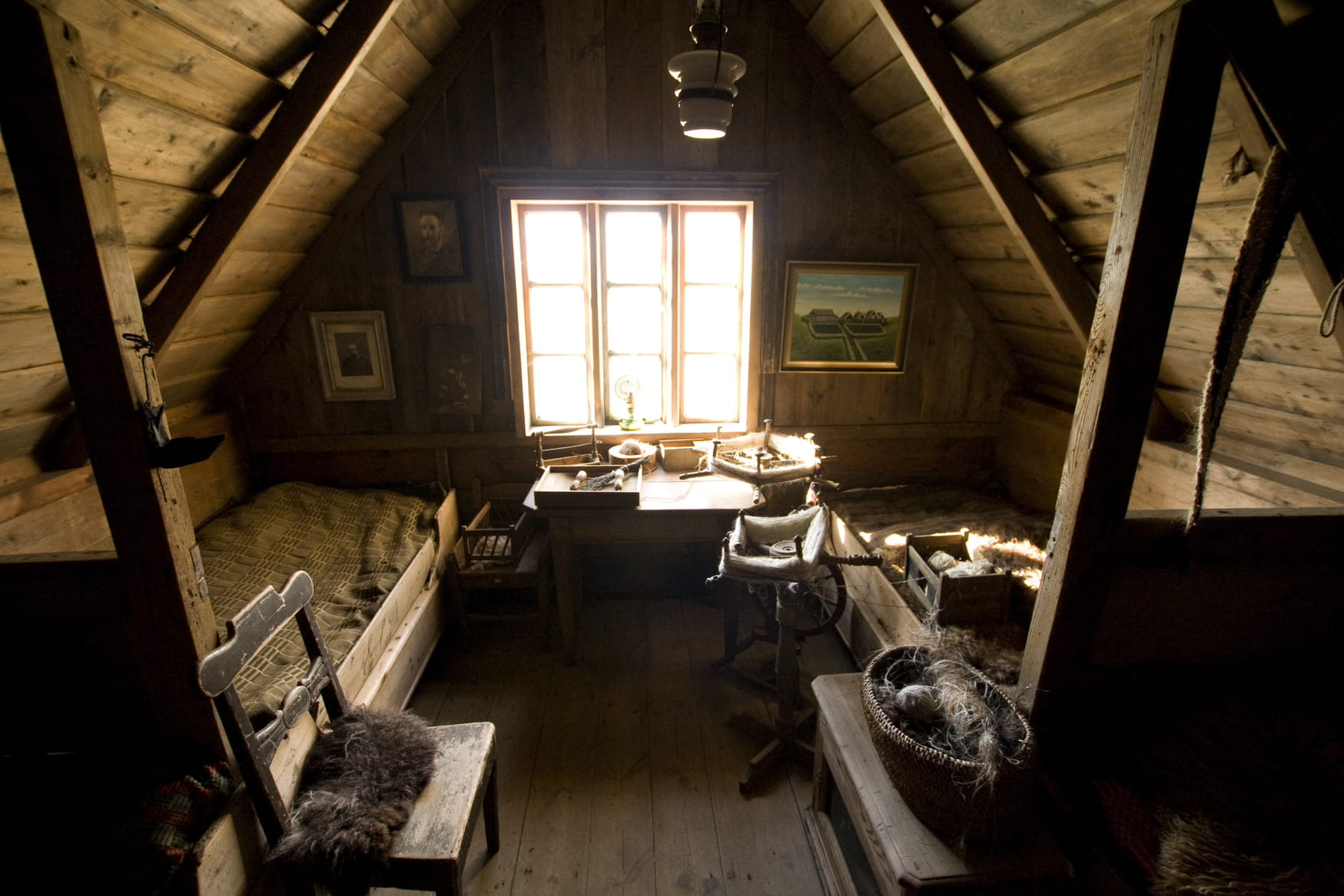
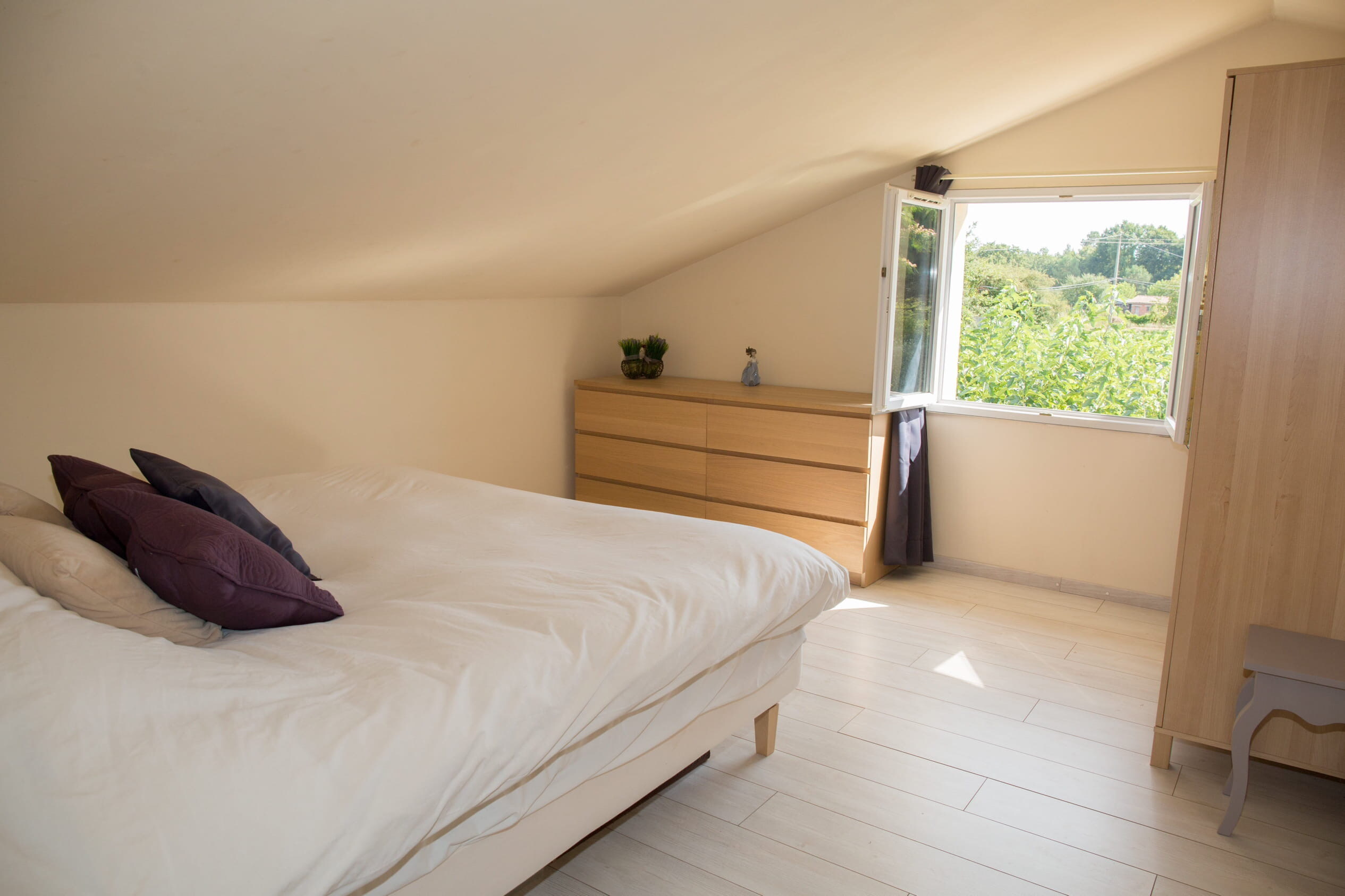
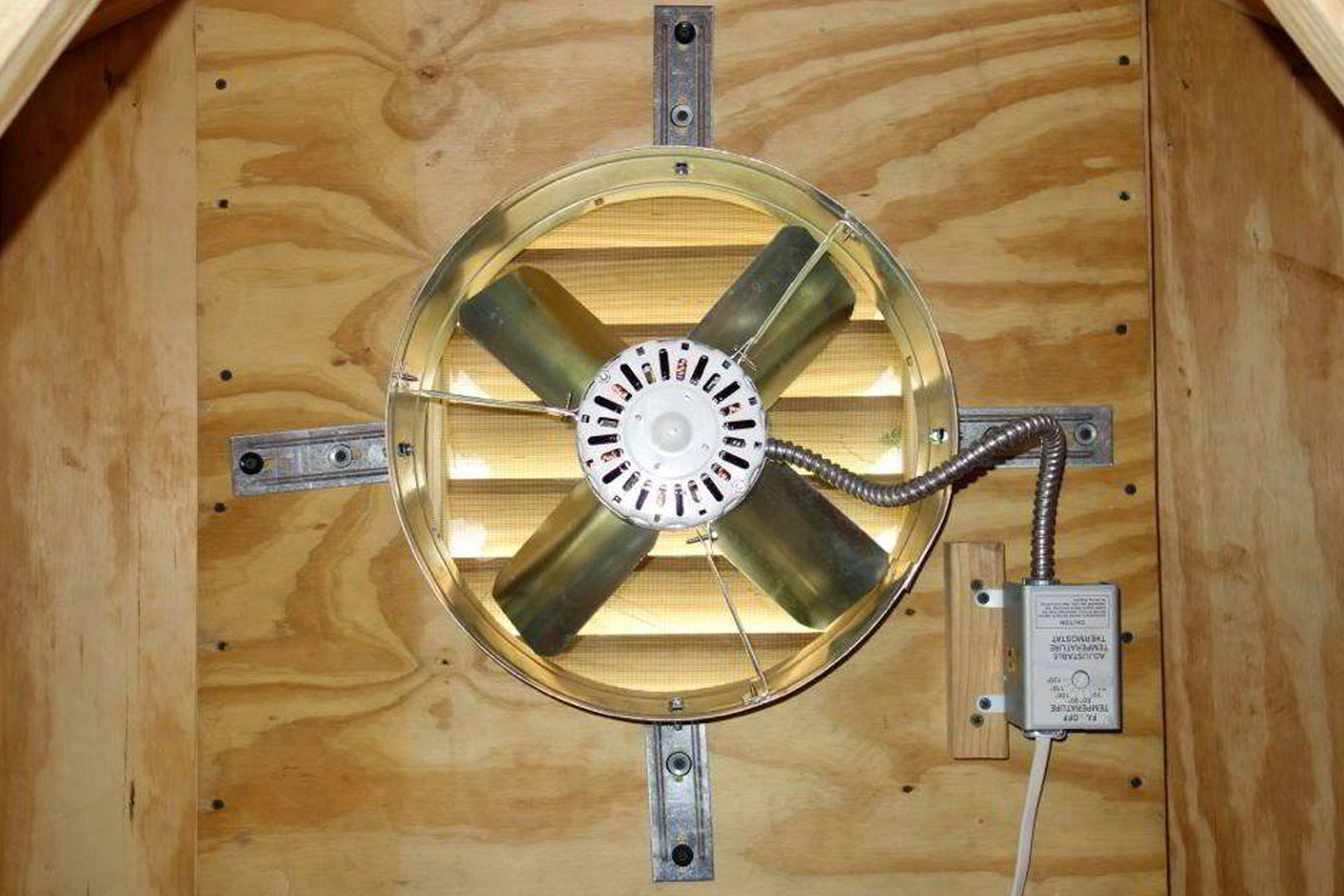
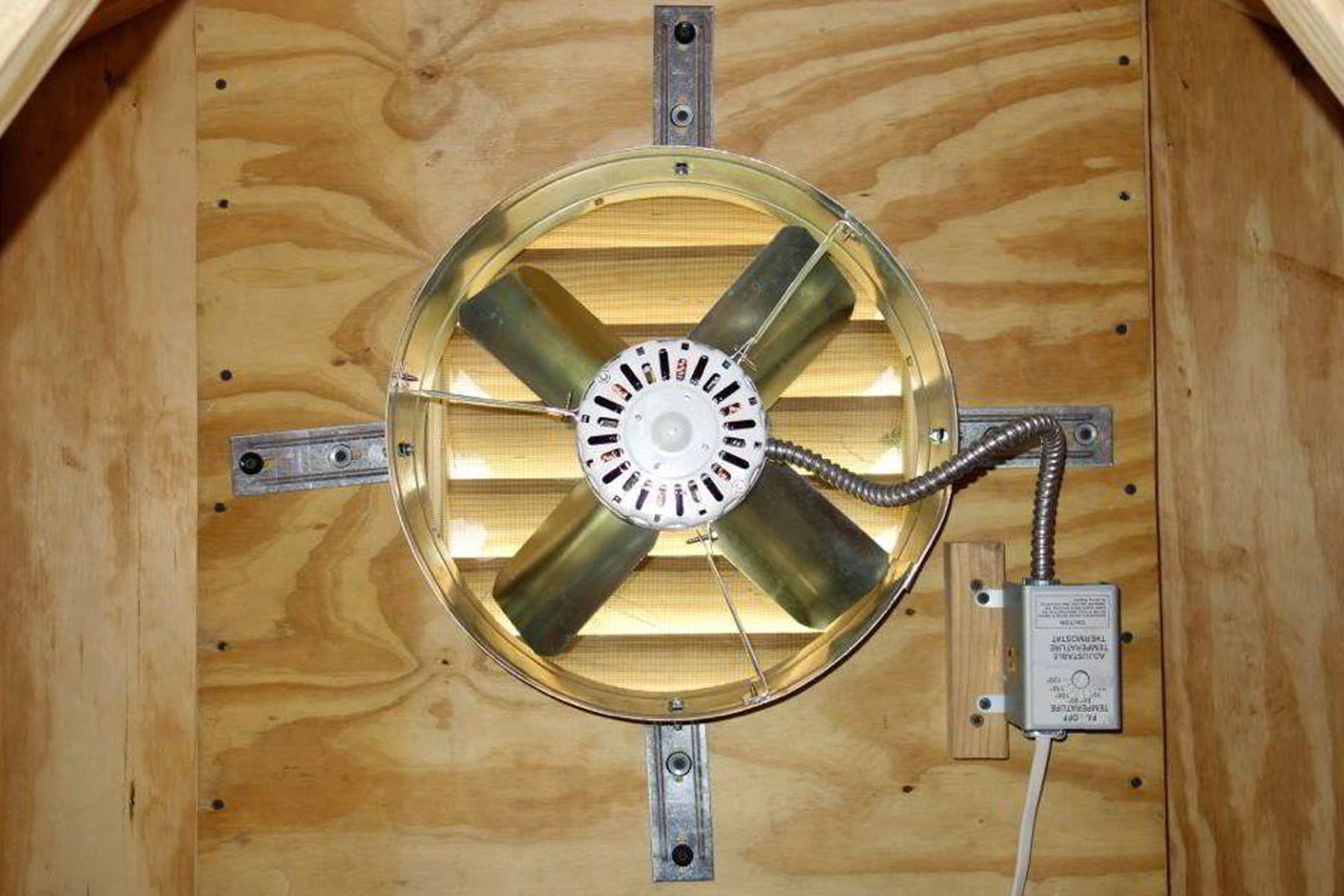
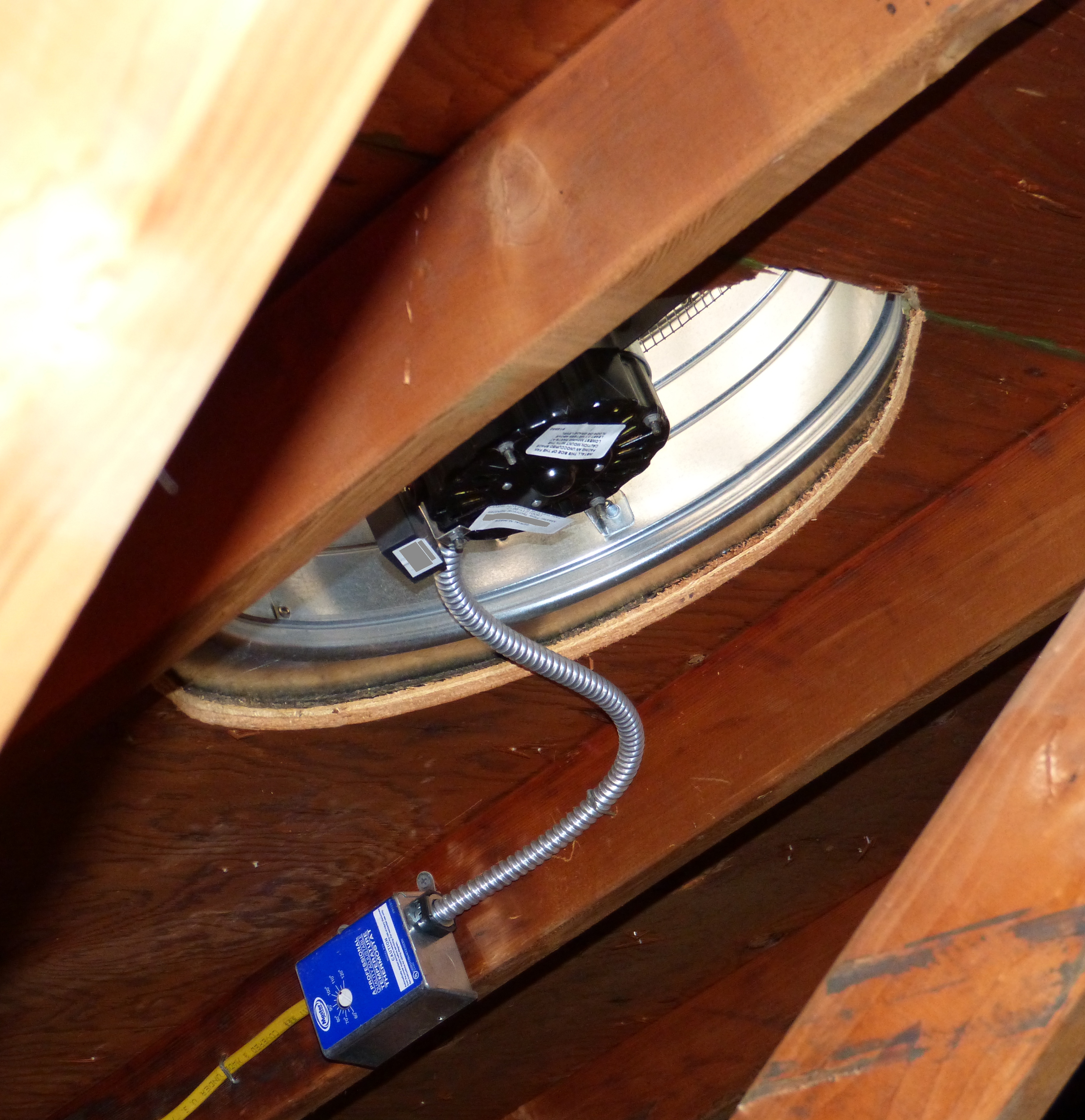
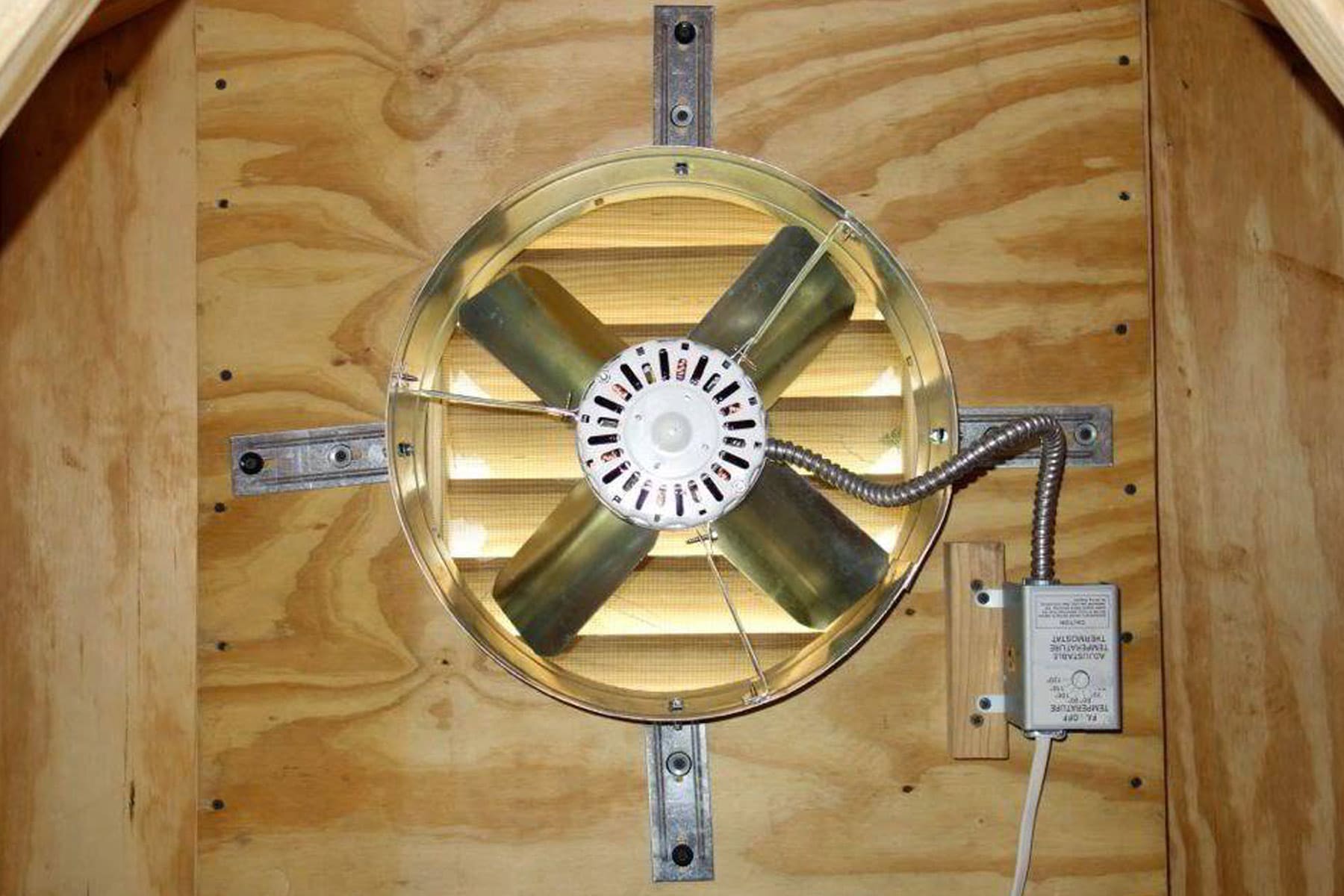

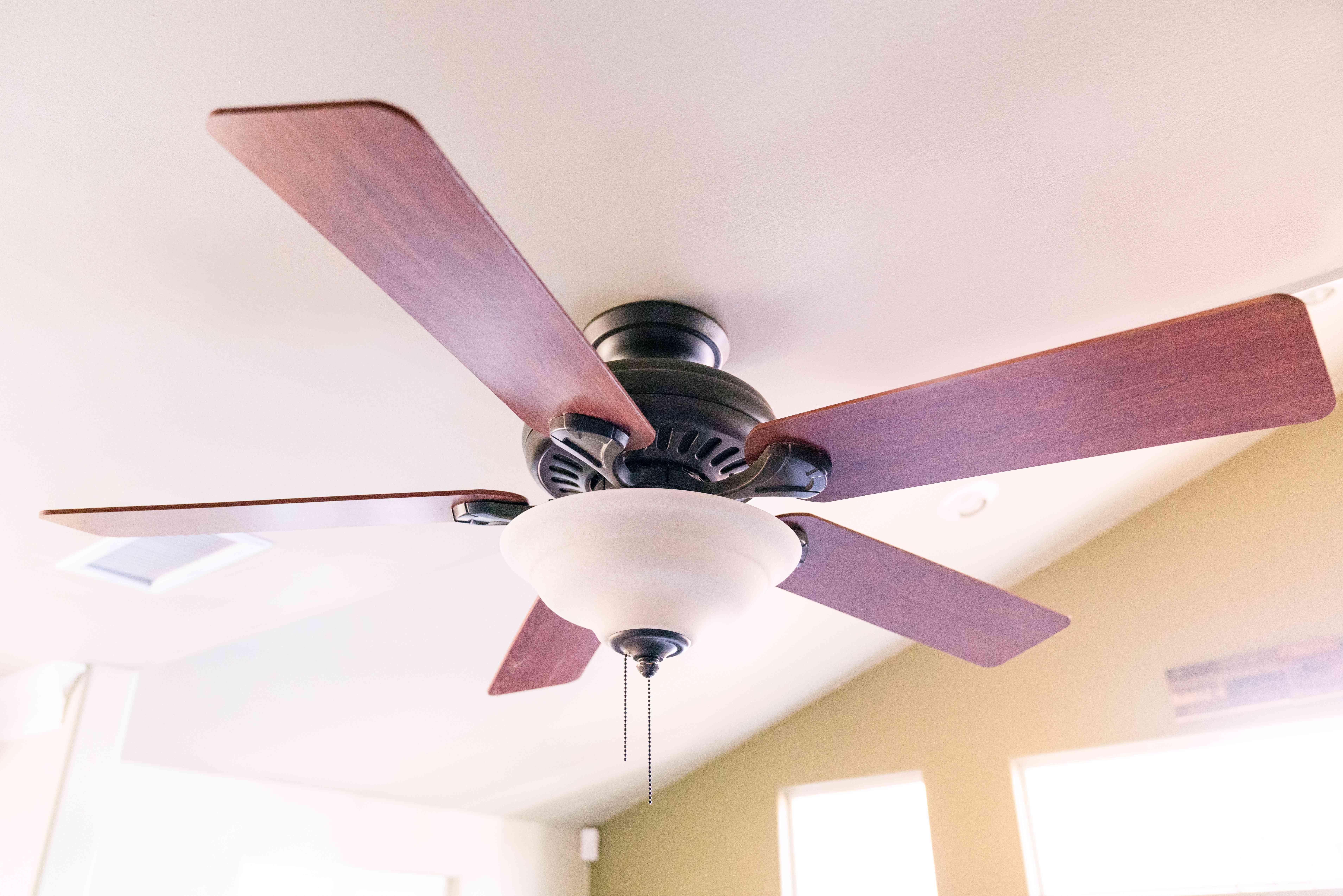
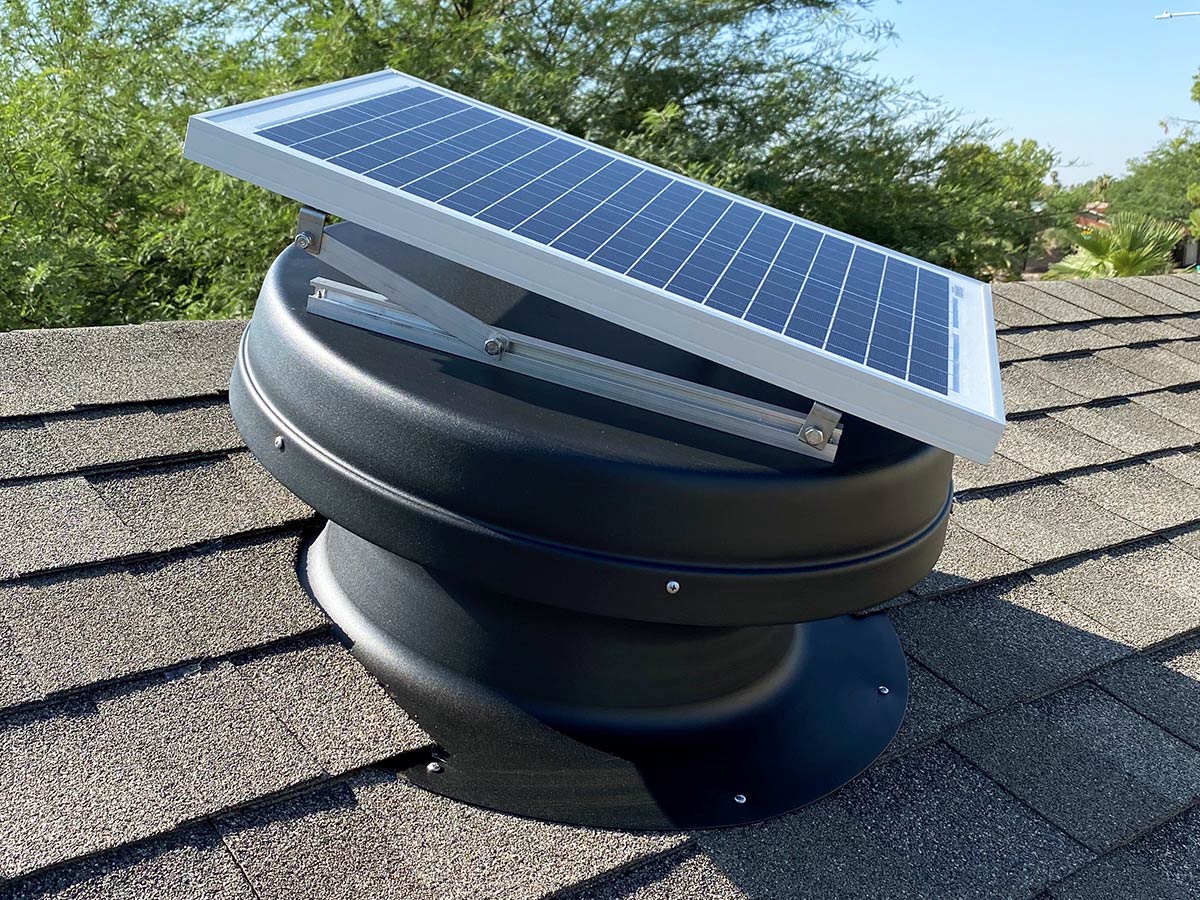
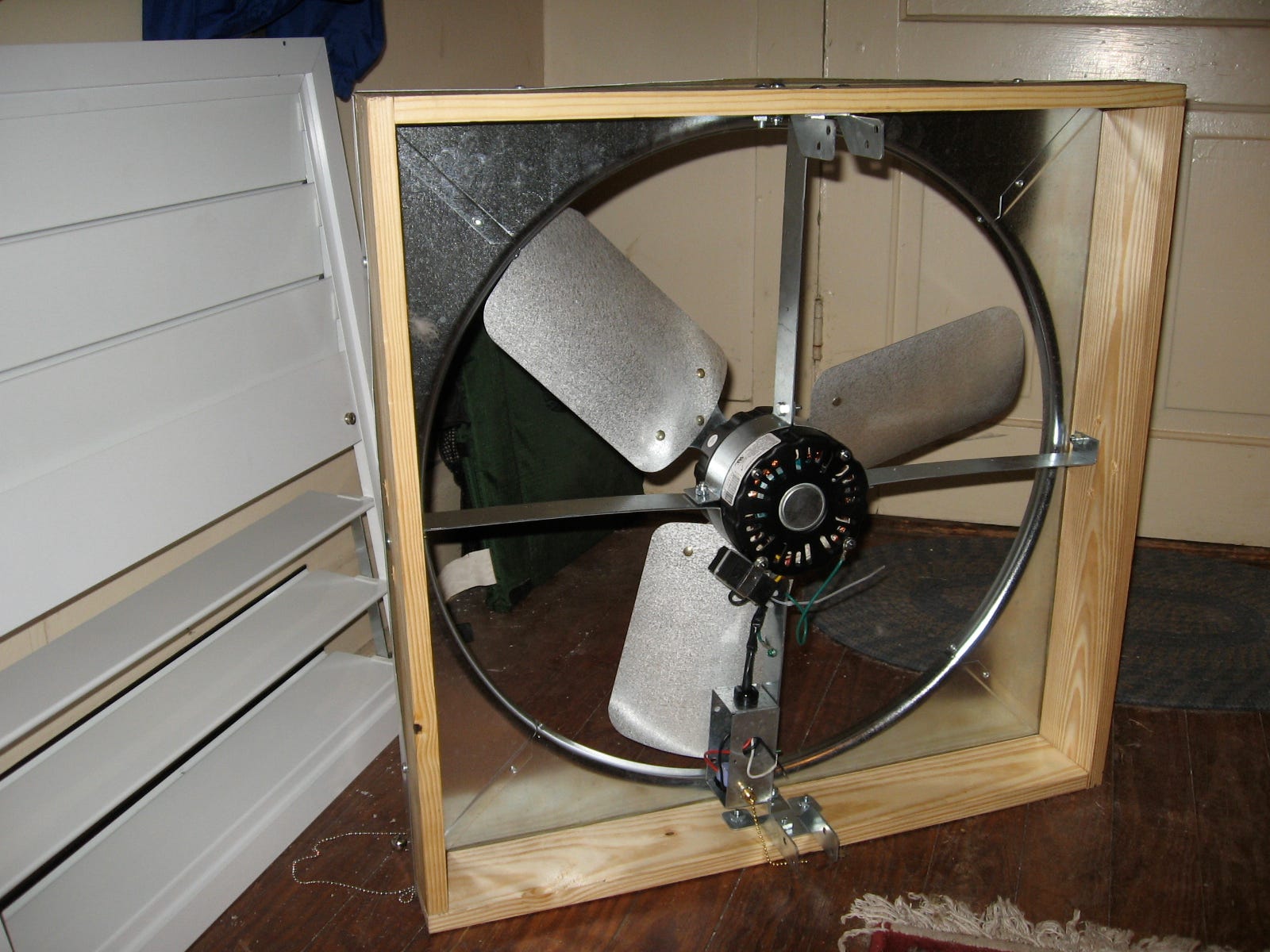
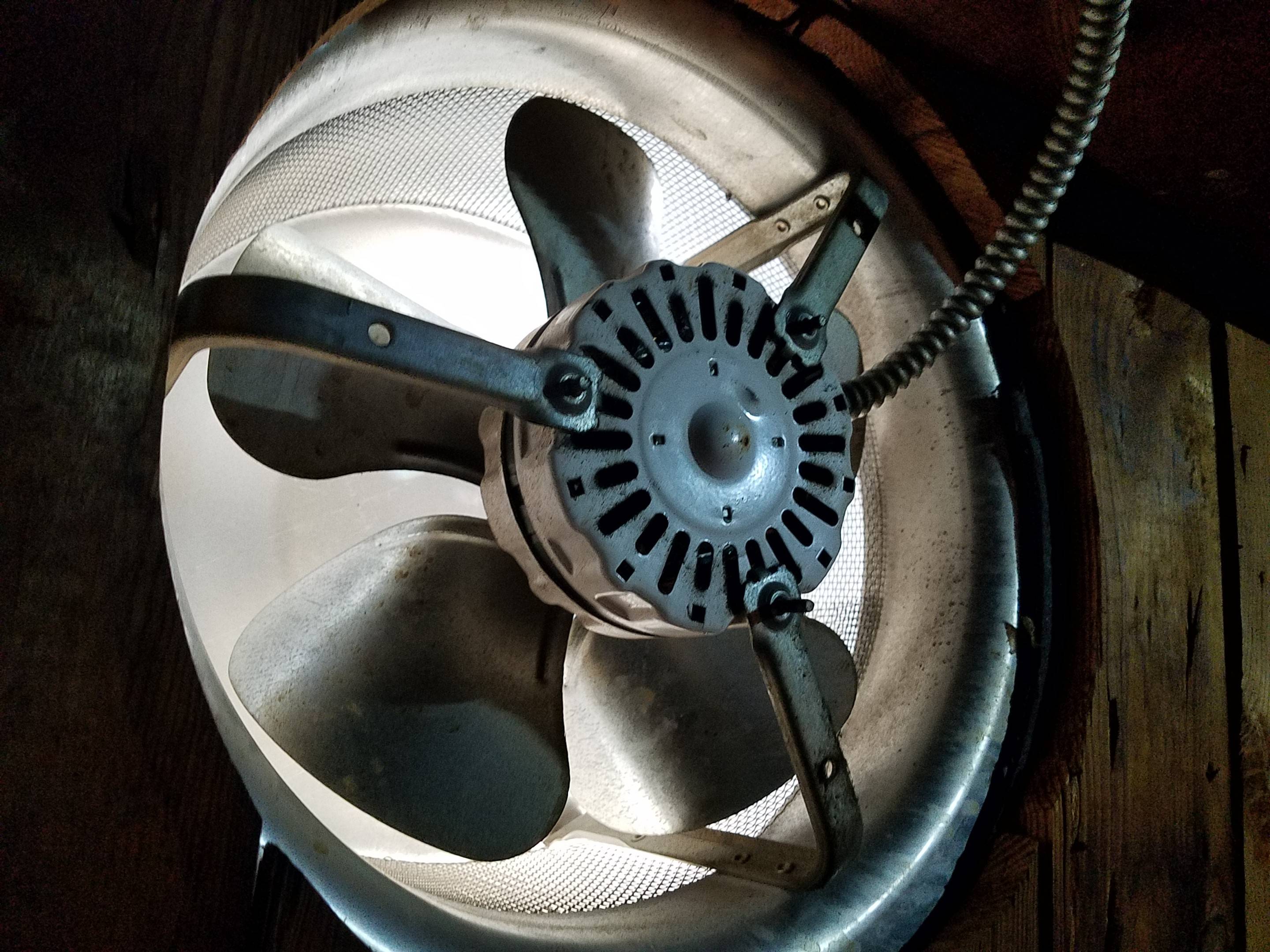
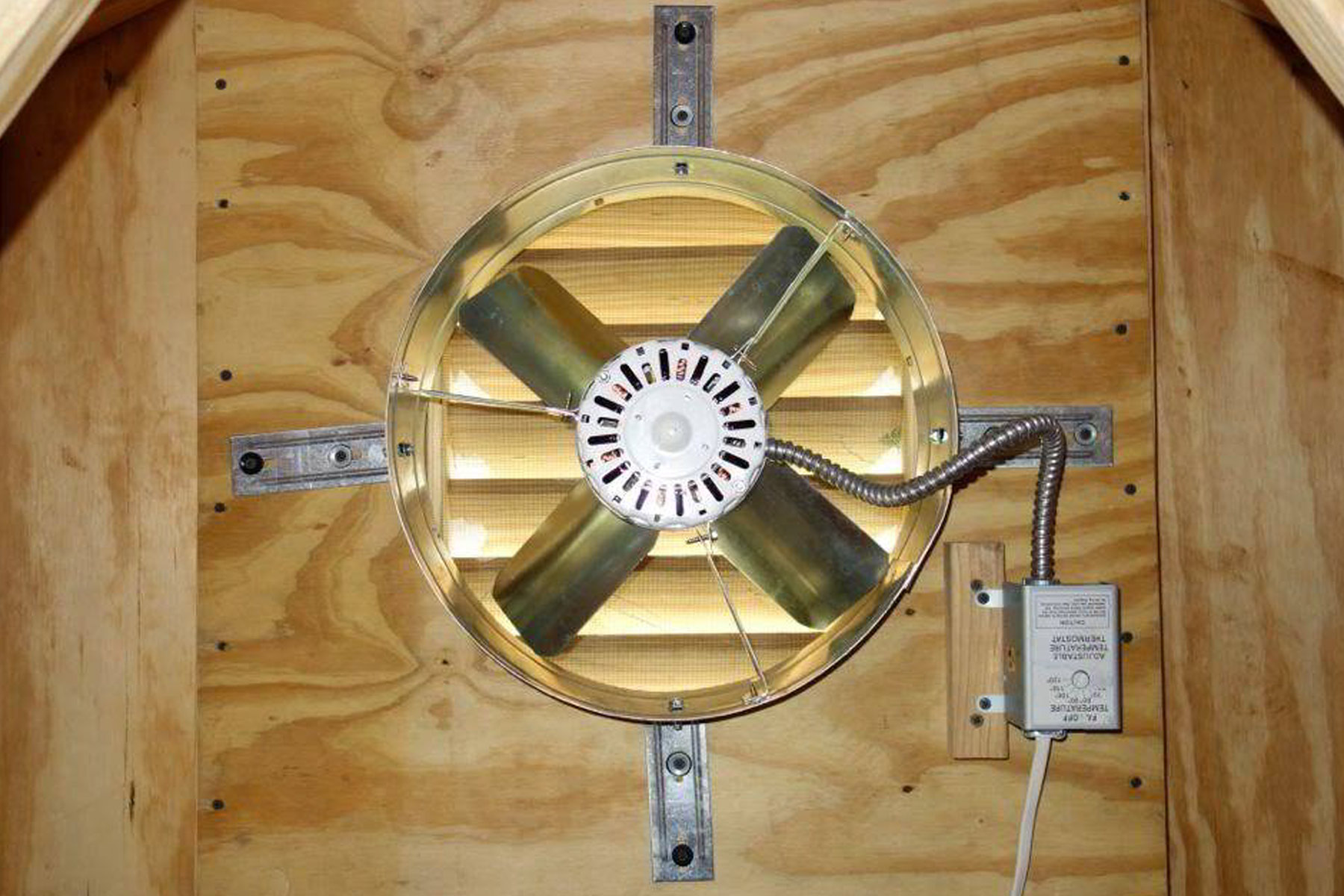
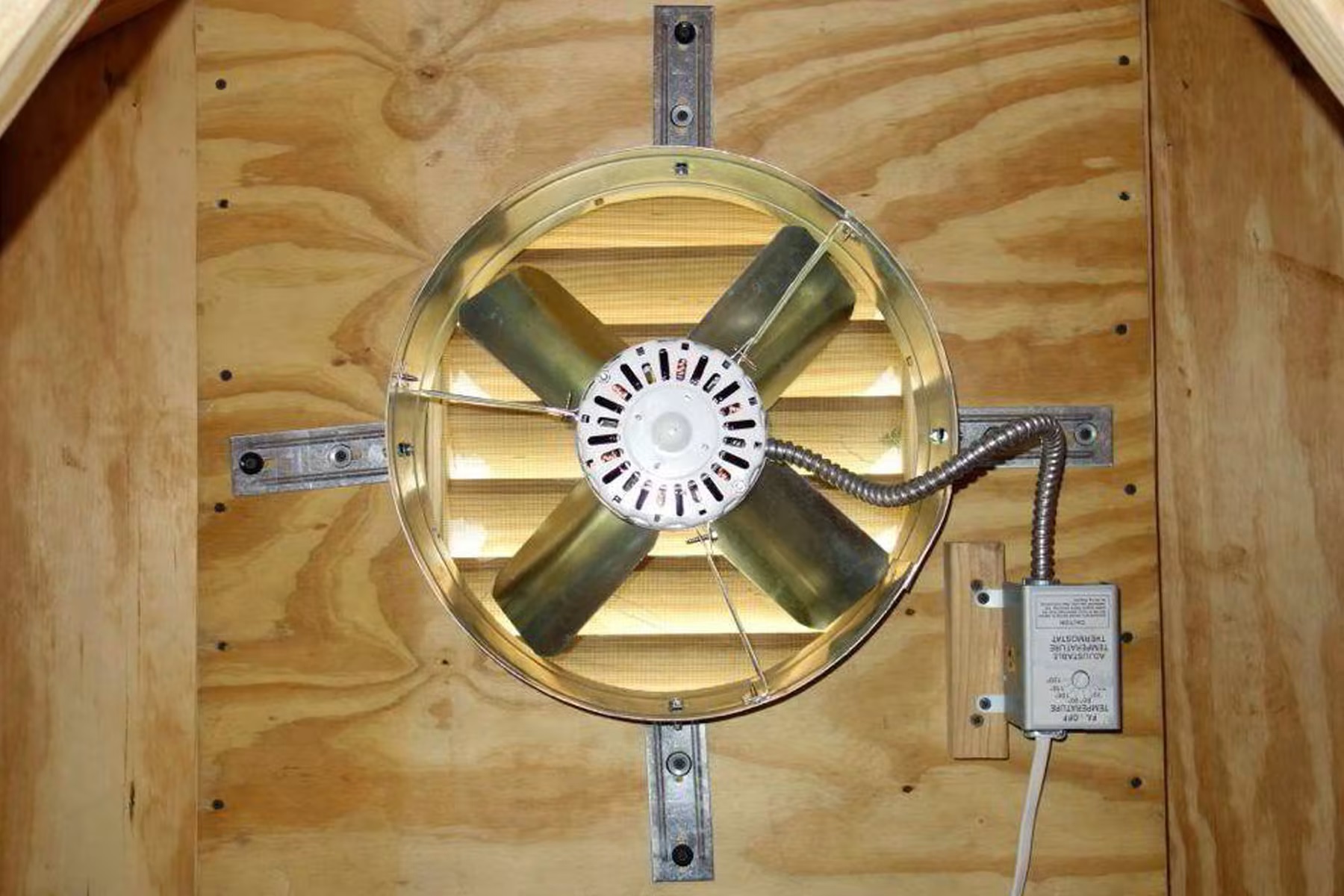
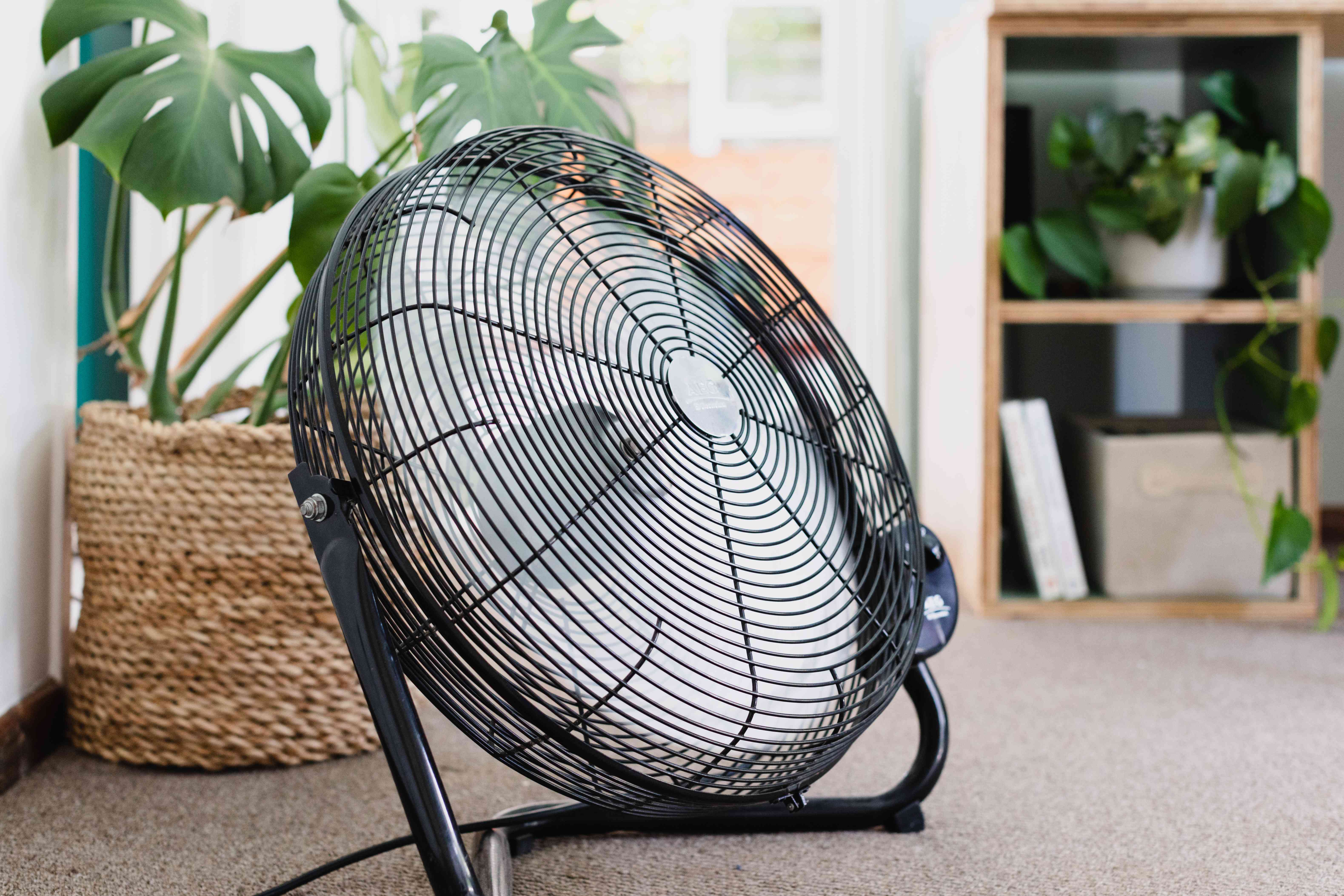

0 thoughts on “How To Keep An Attic Cool”